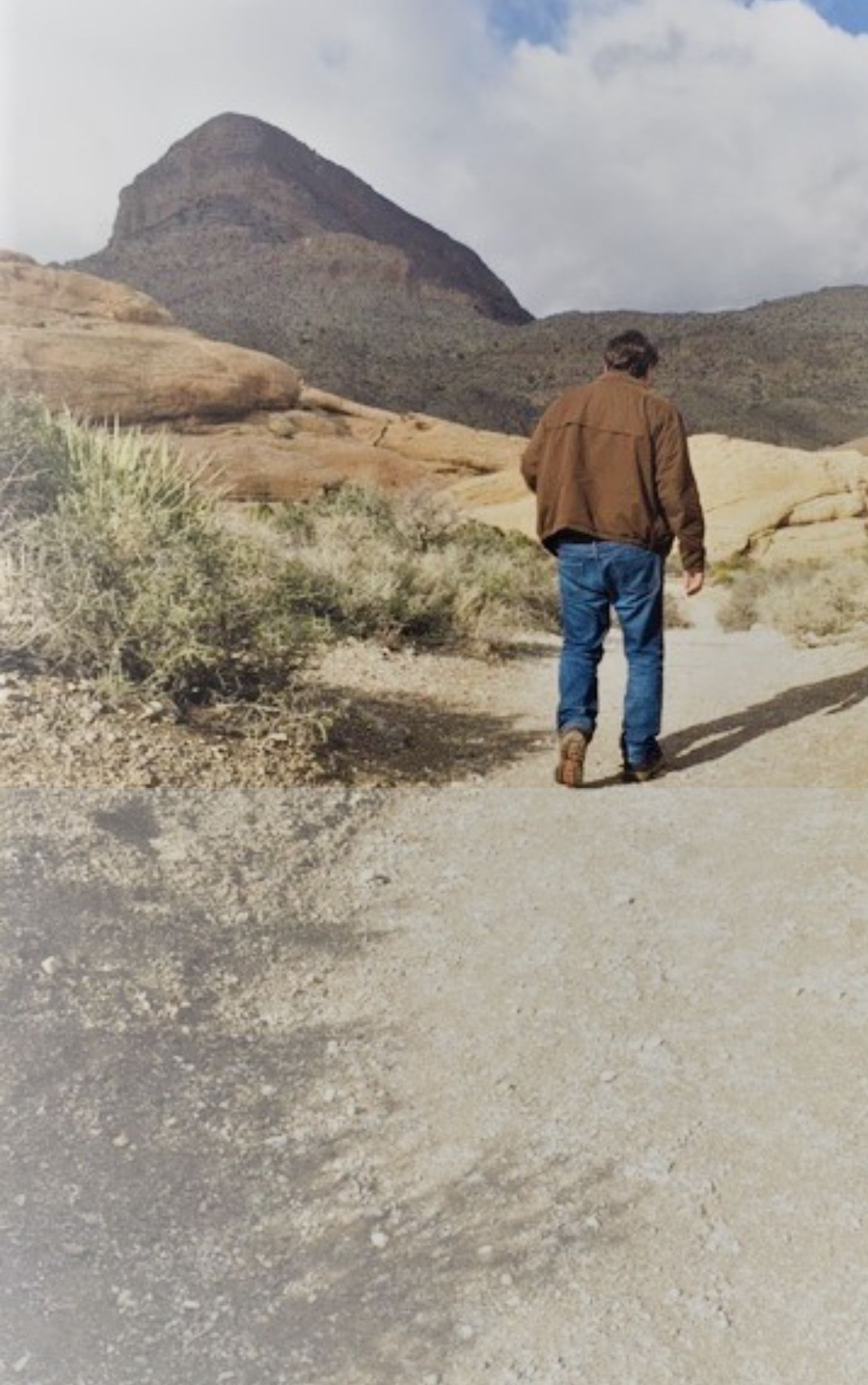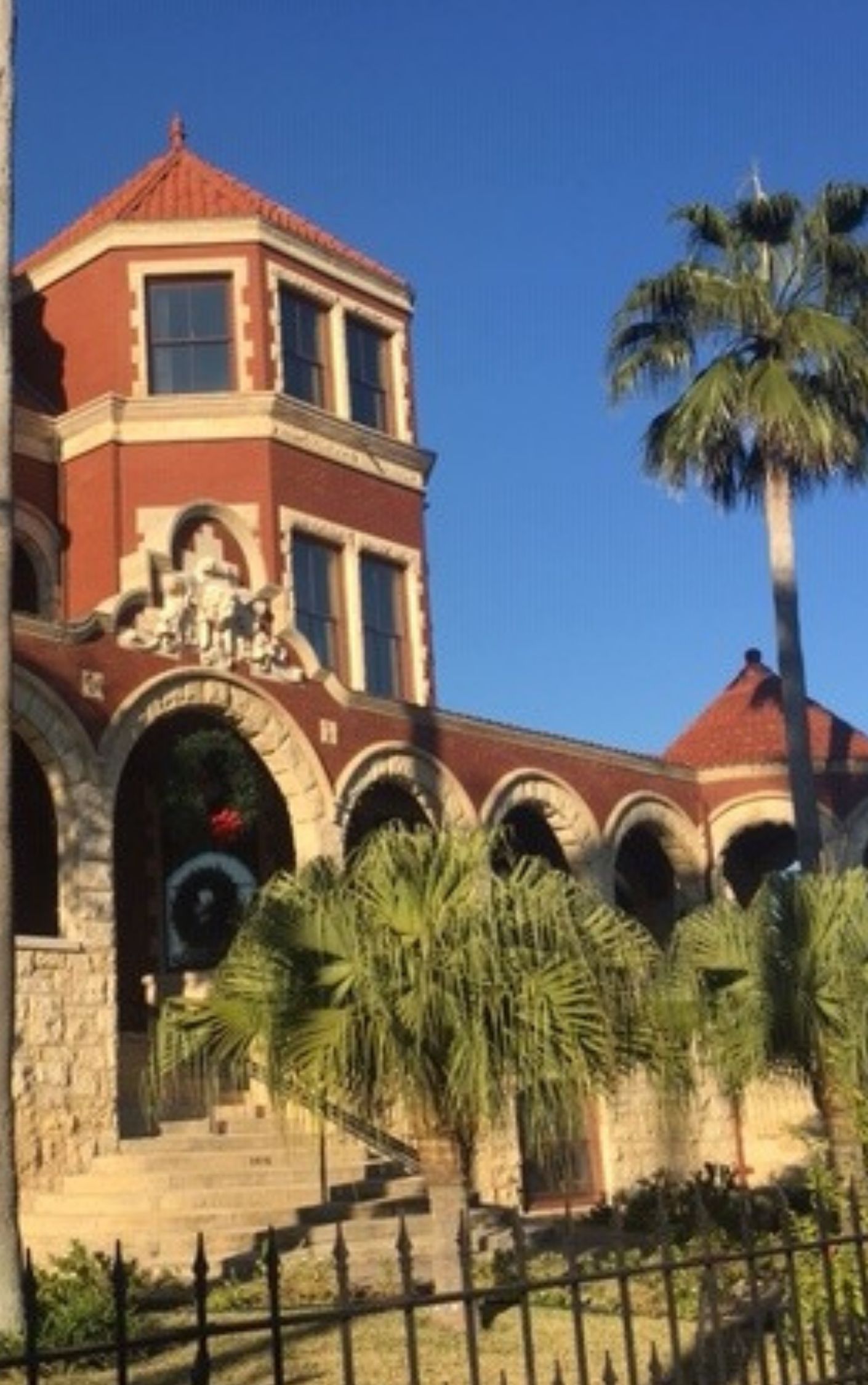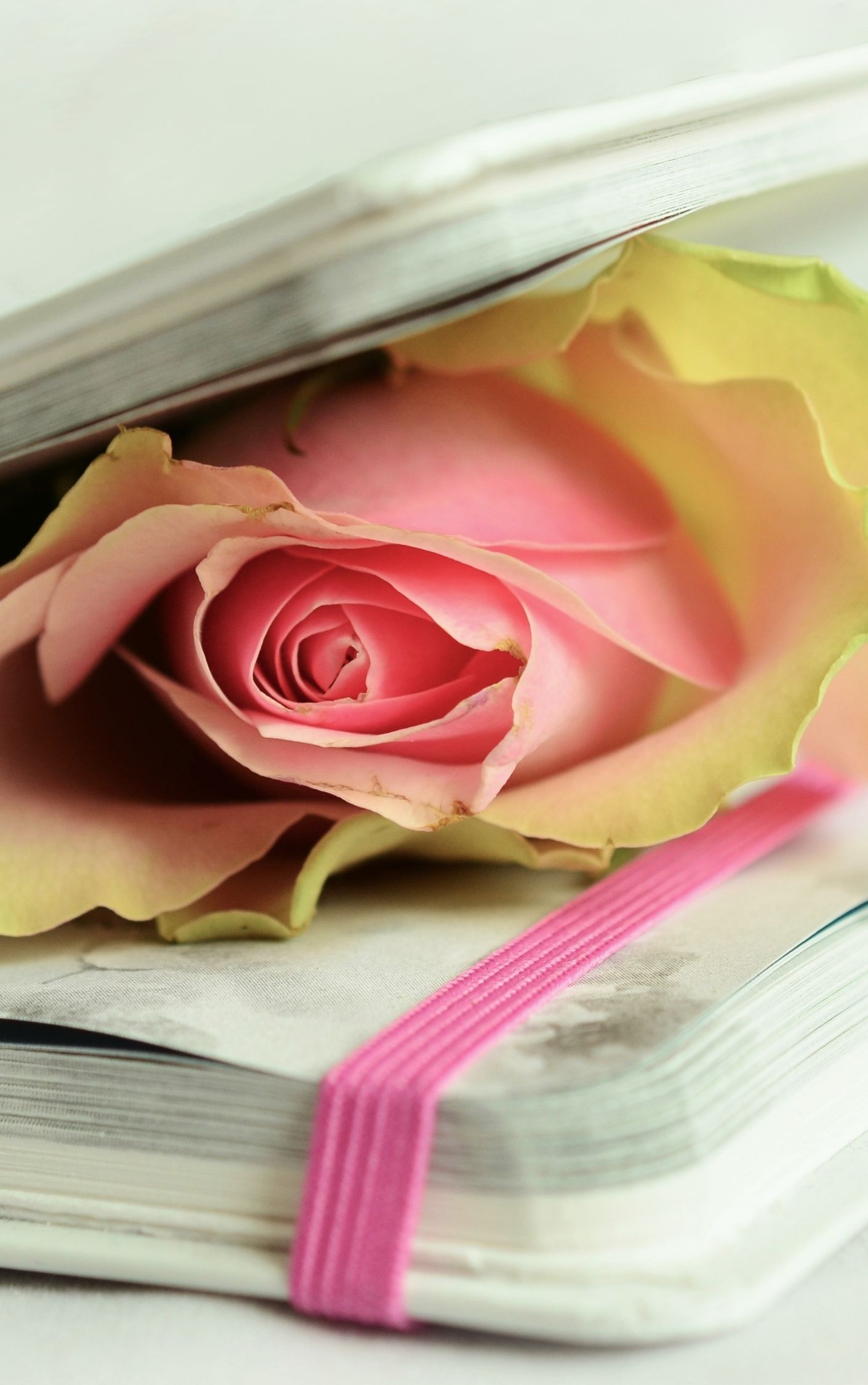Story Like a Journalist can be used as a self-paced writing course, as a #Preptober manual before attempting NaNoWrimo, or as a group project with your writer’s group. Here is a guide using some of the worksheets to plan throughout October.
“Full of helpful tips and worksheets a writer can use at any stage–brainstorming, outlining, writing the draft, revising. By taking a journalistic approach it encourages thinking of your story, settings and characters as real, deepening the fictive dream for the reader. A worthy addition to any writer’s bookshelf.” – James Scott Bell, International Thriller Writers Award winner
“There is so much storytelling wisdom in Amber Royer’s Story Like a Journalist. With this book as your guide you’ll write the most clear-eyed version of the story you want to tell and hook your reader along the way. I can’t recommend this book enough.” -Blake Kimzey, Founder & Executive Director of WritingWorkshops.com
“Amber Royer has many years of experience teaching creative writing and it shows. Her method is easy to understand and clearly written, and with the wonderful amount of worksheets to fill in for your own book, any plotter could create the world bible they need to hit the keyboard running.” — Laura Maisano, Senior Editor for Anaiah Surge and Author of Cosplayed
Want more? Amber shares writing tips on her Youtube Channel and Intagram Feed.
DEVELOP A COMPLETE NOVEL WRITING PLAN USING OVER 100 WORKSHEETS THAT COVER EVERYTHING FROM NAMING YOUR PROTAGONIST TO DEFINING YOUR STORY’S STAKES AND OUTLINING YOUR PLOT. EACH WORKSHEET IS PAIRED WITH INSTRUCTION ON WRITING THEORY TO HELP YOU COMPLETE IT.
Want to write novels that feel real enough to the reader to have been ripped from the headlines, whatever your genre? Think like a journalist. Looking at the questions journalists ask can help you think of the characters and events in your story as real people, whose lives you are recording, just like you were writing memoir or a news article.
Approach planning your novel the way a journalist plans out writing a news piece. They figure out what they will need to research for the piece, and decide how they will structure that research into a narrative. They decide on a format for the story’s lede (opening designed to draw the reader in) and structure the story to follow up on the questions presented in that lede. They document everything, so that they can verify the accuracy of everything they present. You can do the same for your fiction.
This workbook serves as a full self-paced writing course inside the covers of the book, showing you theory on how standard writing advice relates to each aspect of the world/characters you are trying to create – and then offering step-by-step worksheets that will allow you to apply what you just learned. The instructional material is designed to give you a basic foundation in creative writing craft so that you understand how to build an effective story using the information you add into the worksheets.
Working through the entire collected workbook will give you a comprehensive Story Bible detailing aspects of your plot and characters in a way that feels like you now have a reference source for your world – and the expertise on how to use it.
There are also worksheets that ask you to define yourself as a writer, and to uncover what themes and topics are important to you and why. By looking at fiction from a journalist’s point of view you are forced to uncover the meaning you want to explore in your work. A journalist would never write an article that leaves the reader wondering why they read the piece, unchanged in any way, because there’s no reason for such an article to take up valuable space in a newspaper or magazine. A fiction writer shouldn’t either, and detailing out what you hope readers will take away from the work can help you shape your novel before you even get started writing.
The Master Collection gives you access to all five Story Like a Journalist volumes, for a total of over 100 worksheets. Get ready to take a deep dive into your story, its characters and its world. The journalistic planning strategies in the book take you from determining the best protagonist for your story to imbuing your work with meaning.
If you’re a discovery writer then maybe you get an idea in your head, a character whose story demands to be told, a world you want to explore, or a plot point that needs a story hung on it. Or maybe you have a theme you want to explore or a single scene that just won’t leave you alone. How do you get from that blinding moment of inspiration to a sound, completed novel manuscript?
You need a plan. It is easy to get through the first several thousand words of your novel on the momentum of the idea alone. But once that initial fire burns down, knowing how you intend to proceed can get you through the wilderness of the sagging middle, streamline your work flow, and creat stronger more focused works. Thinking like a journalist gives you a framework for your plan.
The book walks you through the fictional equivalent of each of these processes:
Who? = Character — WHO are these people who’ve showed up demanding a place in your novel, anyway? You know they have a story to tell, and for some specific reason, you are the writer in the best position to tell it.
• Approach uncovering character the same way a journalist approaches a profile piece.
• Get to know your characters a little in a comfortable environment (whatever fictional space you imagine that character would go to so she can relax), and then start asking her questions.
• Reporters prepare for interviews by doing research. They want to know what the interviewee has said in other profiles, what she is interested in, what about her is common knowledge.
What? = Premise – WHAT is this story about? Premise define the heart of your story. You need a keystone to hold onto, so you don’t get lost in all the things your story COULD be. Premise is your keystone, and it works like the legend for a road map.
• Approach refining premise the same way a journalist approaches a news story.
• They sort through the subject matter to find what about their assigned topic is both interesting and important.
• They look at the topic from different angles, to determine the best approach to defining what is and is not part of the story.
• They research and interview folks until they find the pertinent details of the situation that led to the news event.
• They decide what literary devices will make their story more meaningful.
When? and Where? = Setting — WHEN and WHERE the heck are your characters? They have to be somewhere, waiting for the story to start. And that place shouldn’t be random. Setting makes the story specific, and allows readers to feel like your characters are real people, living real lives in a certain time and place.
• Approach exploring aspects of your setting the same way a journalist approaches making a documentary.
• Journalists research first, to find out what is important about a place’s history and why people choose to visit it.
• Then they visit the place themselves, to take initial shots of the landscape and to do video interviews with people who live there to discover what life is like for them.
How? and Why? = Plot and Theme — A plot that doesn’t build to a theme is hollow — no matter how much excitement you build into the on-page action, there’s no substance. Which means the story won’t be memorable. A character contemplating a theme without the framework of a plot is drifting — no matter how much she has to say, there’s nothing concrete to prove her points or to challenge them. Which means there’s nothing to hold onto, and her ideas just slip away.But when you get HOW and WHY working together, you can build a pattern of events and meaning that will touch our emotions and maybe even change the way we think.
• Approach intertwining plot and theme the same way a journalist approaches a memoir or biography.
• Journalists first research their subject’s past (whether the subject is himself or someone else), conducting interviews and looking at photo albums, news articles and diaries to uncover the important moments in the lives of their subjects.
• They look at the outcome of the actions their subject took. They mull on how this person changed and grew as a result of the events.
Discovery writers can use these worksheets after the fact to deepen what you’ve already drafted, and to check for structural soundness. Some of the exercises are particularly fun for discovery writers, because they are in and of themselves about discovery. Because they are in and of themselves about discovery. For instance, you can:
— Consider what your character would do if you dropped her into a series of uncomfortable situations, and situations where she has to make choices.
— Make maps for important indoor/large scale settings, and use them to reverse engineer major aspects of the story.
— Create a skeleton roadmap that gives you landing points for the major emotional reversals as you write your story.
— Run an open casting call to audition different protagonists and pair them with emotionally powerful antagonists.
— Generate ideas using the power of lists.
NOTE: The e-book version of this workbook links to printable versions of the worksheets. The page count is therefore different than the print book.
The author of the Chocoverse science fiction series and the Bean to Bar Mysteries brings you a wealth of creative writing knowledge,
compiled after more than a decade of teaching creative writing to aspiring novelists.

Define your characters’ strengths and flaws, assign them a skill set. then get to know them through interviews and exercises, such as putting them into hypothetical situations through dilemma worksheets and uncovering parts of their backstories with involuntary autobiographical memory worksheets.

Write out your premise to define the heart of what your story is about, and what is at stake in it. Determine what you want to write about, and consider why. Boil that down into a concept. Uncover literary devices that you could use to support your premise.

Determine the basic when and where your story takes place. Then fill in the details using an extensive worldbuilding worksheet that includes maps, history, economy, and culture. There are also resources for working with real-world contemporary and historical settings.

Determine the theme you want to explore in your work and then use one of several plot models to design a coherent set of events that will highlight that theme. Determine your plot’s question, and use a beat sheet to make sure your plot’s big moments all relate to answering that question.

Even in fiction, you should be telling moral and emotional truth. Thinking like a journalist allows you to focus on telling stories that are fair to your characters and allows readers a genuine enough experience to achieve catharsis.

One of the most basic pieces of writing advice is, “Show, don’t tell.” Focusing on the things your characters’ notice about their world and about each other lets the reader into the story world. Letting the narrator notice little details can be powerful as well.

Journalists are students of human nature, looking at what people do and going deeper into why they do it. Writing convincing characters comes down to knowing enough about psychological processes to present a person who thinks and acts in a consistent manner.

A journalist has to give meaning to the facts in a story. Understanding from the beginning what moral or message you are trying to get across, or what theme you wish the work to explore allows you to shape the events you choose to include for maximum impact.
Hemmingway worked as a newspaper journalist before he became a fiction writer. E.B. White did a stint at the New Yorker. L.M. Montgomery was a reporter in Halifax before tackling Anne of Green Gables. Margaret Mitchell got her start as a reporter for the Atlanta Journal Sunday Magazine. What these writers have in common: an excellent sense of character, and the ability to write clean prose that clearly puts forwards the characters’ goals and motivations. This ability may well come from having mastered the journalistic art, which emphasizes creating a sound story that balances logic, research and emotional authenticity.
Even if you’re working in a purely creative world, you can still use those principles, and learn to organize and research like a journalist, and to ask the questions a journalist asks either before or after you write your story.